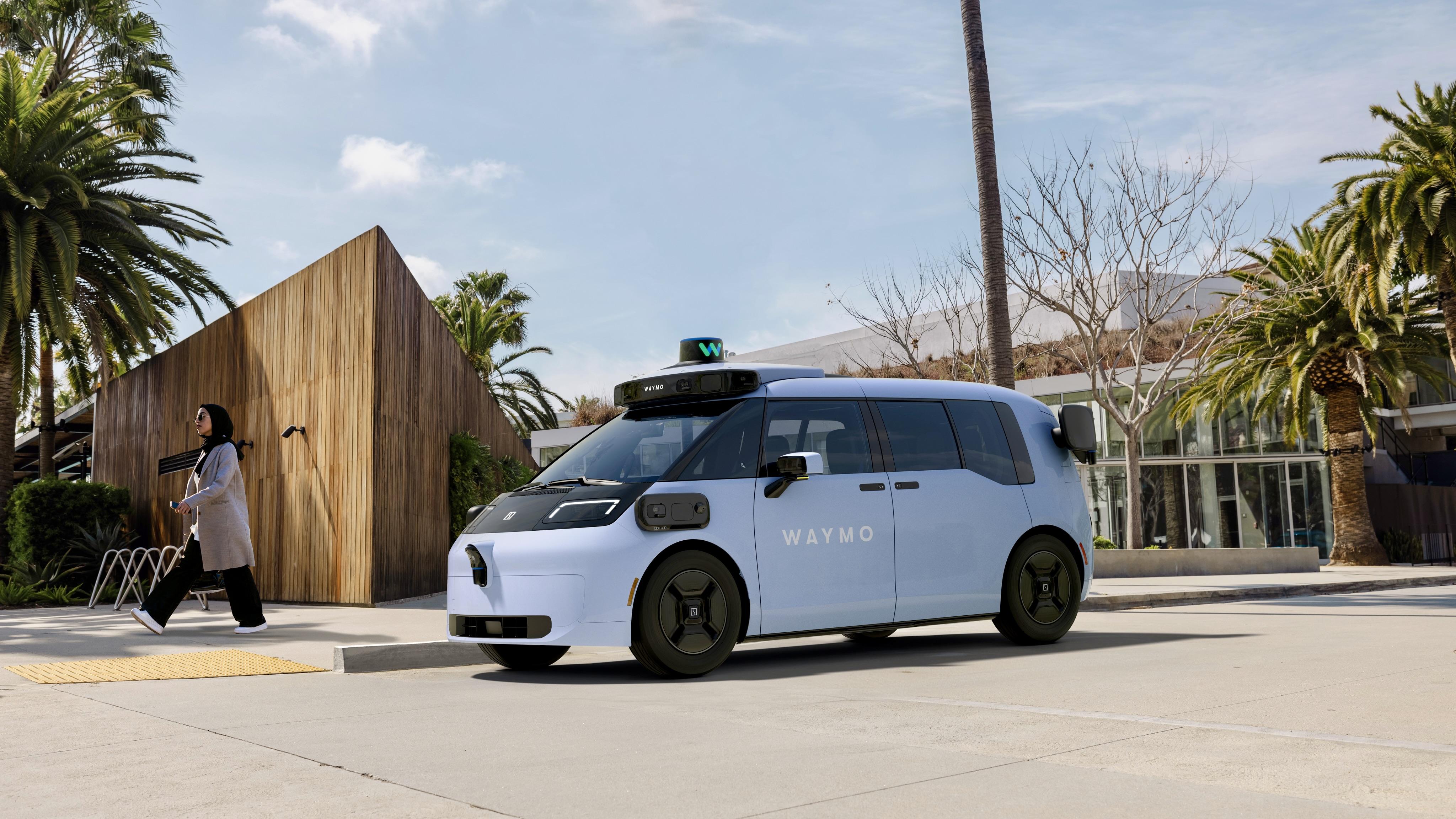In a daring shift, Waymo's sixth-generation robotaxi dramatically reduces its sensor count, promising lower costs without compromising the safety that has become synonymous with the brand's autonomous vehicles.
Waymo’s New Platform Uses Fewer Sensors Without Compromising Safety
Waymo, which is owned by Alphabet, introduced its sixth-generation Driver system, which features a more efficient sensor configuration. The self-driving ride's new arrangement supposedly keeps safety levels, even though it has less cameras and LiDAR sensors compared to the present platform.
When it's public ride-ready, it will live alongside the existing generation.
This new mechanism is reportedly standard on all electric Geely Zeekr automobiles, according to CNBC. Back in late 2021, Waymo initially announced its partnership with the Chinese EV manufacturer.
Zeekr Partnership Introduces Waymo’s Smaller, Accessible Robotaxi
Compared to the present generation's portfolio, which is based on the Jaguar I-PACE SUVs, the new platform has boxier rides. The sixth-generation Zeekr range has a smaller size than the Jaguar-based models, but is said to be more accessible with to features including a shorter step, higher ceiling, and more legroom.
The sixth-generation Waymo Driver used four LiDAR sensors instead of five and thirteen cameras instead of twenty-nine. In order to improve performance in different weather conditions, Alphabet claims that they collaborate with overlapping fields of view and safety-focused redundancy.
The new platform, according to the business, can see up to 500 meters (1,640 feet) in any light and "a range of" weather scenarios.
"Swap out various sensing components to match the specific conditions of each operating environment," for example, more severe sensor cleaning for vehicles in colder cities, is possible because to the new system's modular character, according to Waymo.
Per CNBC (via Engadget), the cleaning system has wipers that are effective against a wide range of dirt and moisture.
According to the business, "regular road trips to newer cities" are the reason the sixth-generation Driver reliably works in extreme heat, fog, rain, and hail. It stands to reason, considering that all of the cities that have been approved so far are located in comparatively arid and clean climates. (“Waymo tested it in Detroit, Buffalo, and NYC,” says CNBC).
Waymo’s Extensive Testing Validates Safety in Extreme Conditions
Waymo is now limited to four cities: Austin, Phoenix, Los Angeles, and San Francisco. Following its 2018 launch, the company's fleet now provides approximately 50,000 paid autonomous trips per week.
According to Waymo, the upcoming generation of drivers has racked up thousands of kilometers on the road and "millions more" in virtual reality.
Because it draws on the system's "shared knowledge" from earlier generations, the business believes it will be consumer-ready approximately half the time before earlier models.



 Anthropic Launches HIPAA-Compliant Healthcare Tools for Claude AI Amid Growing Competition
Anthropic Launches HIPAA-Compliant Healthcare Tools for Claude AI Amid Growing Competition  Lenovo Unveils AI Cloud Gigafactory With NVIDIA and Launches New AI Platform at CES 2026
Lenovo Unveils AI Cloud Gigafactory With NVIDIA and Launches New AI Platform at CES 2026  Nvidia Appoints Former Google Executive Alison Wagonfeld as First Chief Marketing Officer
Nvidia Appoints Former Google Executive Alison Wagonfeld as First Chief Marketing Officer  Trump Considers Starlink to Restore Internet Access in Iran Amid Protests
Trump Considers Starlink to Restore Internet Access in Iran Amid Protests  GM Takes $6 Billion EV Write-Down as Electric Vehicle Demand Slows in the U.S.
GM Takes $6 Billion EV Write-Down as Electric Vehicle Demand Slows in the U.S.  Johnson & Johnson Secures Tariff Exemption by Agreeing to Lower Drug Prices in the U.S.
Johnson & Johnson Secures Tariff Exemption by Agreeing to Lower Drug Prices in the U.S.  Aktis Oncology Prices Upsized IPO at $18, Raising $318 Million in Major Biotech Debut
Aktis Oncology Prices Upsized IPO at $18, Raising $318 Million in Major Biotech Debut  FDA Limits Regulation of Wearable Devices and Wellness Software, Boosting Health Tech Industry
FDA Limits Regulation of Wearable Devices and Wellness Software, Boosting Health Tech Industry  China’s AI Sector Pushes to Close U.S. Tech Gap Amid Chipmaking Challenges
China’s AI Sector Pushes to Close U.S. Tech Gap Amid Chipmaking Challenges  Samsung Forecasts Strong Q4 Profit on AI-Driven Memory Chip Boom
Samsung Forecasts Strong Q4 Profit on AI-Driven Memory Chip Boom  China Reviews Meta’s $2 Billion AI Deal With Manus Amid Technology Control Concerns
China Reviews Meta’s $2 Billion AI Deal With Manus Amid Technology Control Concerns  Boeing 737 MAX 10 Advances in FAA Testing as Certification Delays Continue
Boeing 737 MAX 10 Advances in FAA Testing as Certification Delays Continue  Trump Calls for 10% Credit Card Interest Rate Cap Starting 2026
Trump Calls for 10% Credit Card Interest Rate Cap Starting 2026  Walmart to Join Nasdaq-100 Index as It Replaces AstraZeneca Following Exchange Move
Walmart to Join Nasdaq-100 Index as It Replaces AstraZeneca Following Exchange Move  Allegiant to Acquire Sun Country Airlines in $1.5 Billion Deal to Expand U.S. Leisure Travel Network
Allegiant to Acquire Sun Country Airlines in $1.5 Billion Deal to Expand U.S. Leisure Travel Network  Dell Revives XPS Laptop Lineup With New XPS 14 and XPS 16 to Boost Premium PC Demand
Dell Revives XPS Laptop Lineup With New XPS 14 and XPS 16 to Boost Premium PC Demand  FCC Approves Expansion of SpaceX Starlink Network With 7,500 New Satellites
FCC Approves Expansion of SpaceX Starlink Network With 7,500 New Satellites 































